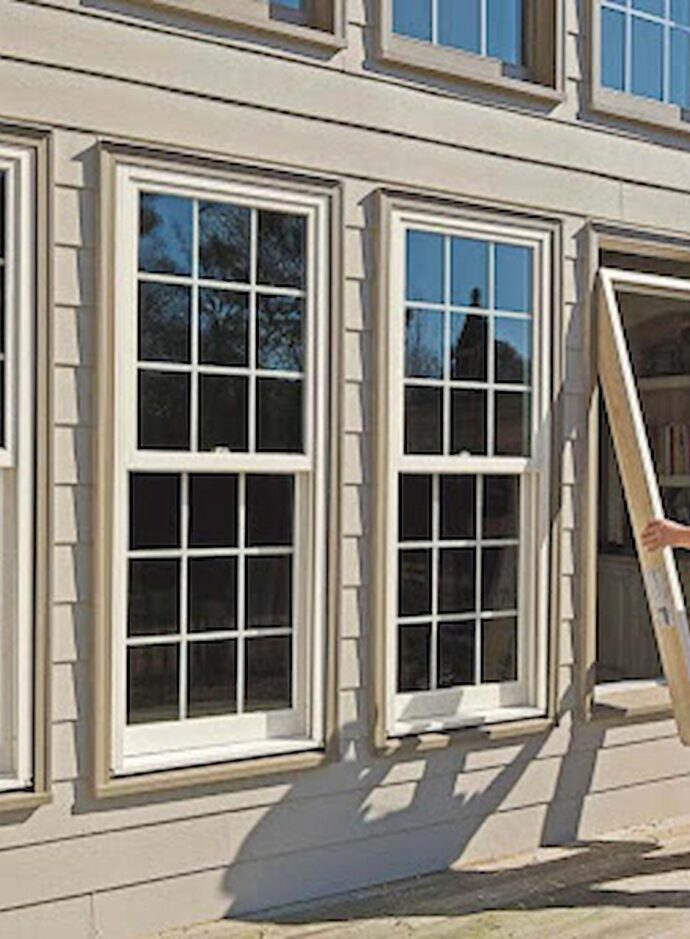At least 20% of buildings worldwide have visual signs of moisture and mold in basements – crumbling concrete, rotten wood, damaged plaster and ruined carpets. Humidity in your basement poses a significant threat to not only stored items there, but lead to moisture and mold, causing allergic, respiratory reactions and other detrimental health problems.
Is it possible to reduce condensation, stop growth of mold and prevent moisture if once you’ve finished a basement and fixed the source of moisture, another source appears? How can the humidity be reduced if it comes from a variety of sources?
If your basement is finished, stop ignoring basement condensation, discover here what steps can be taken.
- Eliminate potential sources of basement moisture in or near the basement: indoor clothesline, plumbing issues, basement shower.
- Check your basement for condensation: tape a 10″ x 10″ piece of plastic wrap onto the basement wall in damp area, seal the edges of the plastic wrap with the tape. Check on the plastic over the next few days.
- Stop incoming moisture by directing gutter downspouts away from house, improving outdoor drainage and adding a foundation drain and sump pit.
- Install insulation on basement walls, creating a thermal barrier between the cold wall and warmer interior air. Make sure that moisture is not seeping through walls to the inside. Never cover damp walls with insulation as it causes mold problems. Insulate the joist cavities above the mudsill with either rigid foam insulation board or standard batt insulation.
- Wrap cold-water pipes with foam insulation. For maximum protection, also wrap all joints and gaps with a compatible tape.
- To prevent leakage of conditioned air, seal the ducts in forced-air heating and cooling system, using duct mastic or metal duct tape. Never use standard plastic duct tape as quickly dries up and peels away from ductwork.
- Thoroughly seal dryer ducts to prevent leakage of moist into the basement. Use rigid metal duct for the vent. Make the duct run as short as possible leading to the outdoors. Don’t vent a dryer in neither a basement or other indoor space.
- Improve ventilation if the outdoor air is drier than the basement air. Open a window or door from time to time to encourage air circulation but not during humid weather.
- Use dehumidifier during periods of high humidity. If you need continuous dehumidification, your moisture problems are rather serious and require more permanent solution.




